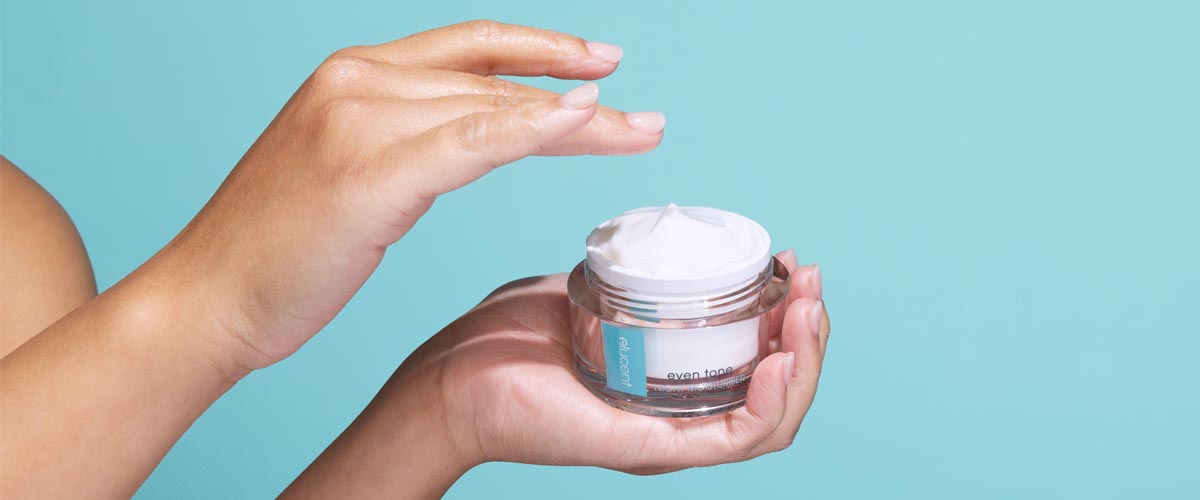Hyperpigmentation occurs when the skin produces more melanin – the pigment that gives skin its colour. It is a common skin concern for many people – it can affect all skin types and be localised or widespread. Hyperpigmentation may appear as uneven skin tone, dark patches, hyperpigmentation or age spots¹.
So how can we reclaim an even skin tone and a glowing, spot-free complexion? The first step is to understand the causes of hyperpigmentation. Sun exposure can result in photo-ageing and pigmentation of the skin can become uneven as we age. Research has shown that increased sun-damage² and pigmented spots³ are linked with looking older than your age. Yikes! The parts of the body that are exposed regularly to the sun such as the face, neck and back of the hands tend to have more visible signs of ageing more rapidly than other areas of the body⁴.
Being exposed to free radicals, including pollution, smoke and stress, can also lead to hyperpigmentation. Then there are hormones and pregnancy. Melasma, which appears as dark or brown patches, is more common in women and usually appears on sun-exposed areas such as the upper lip, chin, forehead or the cheeks. It’s commonly seen in pregnant women (it’s also called chloasma, or the ‘mask of pregnancy’), and is possibly related to hormonal stimulation, estrogen and/or progesterone⁵.


